The Beauty of Art of Design: Observing Nature and Innovating Through Art in Sankalp Chitra
Art and design are deeply intertwined with the natural world. By observing the forms and beauty of nature, artists tap into a natural human tendency to recreate and innovate. This process of innovation begins with an appreciation of nature’s intrinsic beauty and expands through the artist’s ability and imagination to produce something unique. Constant experimentation with forms, shapes, colors, and patterns leads to artistic breakthroughs. This experimentation and innovation are at the heart of design.
The Process of Creating a Concept in Art
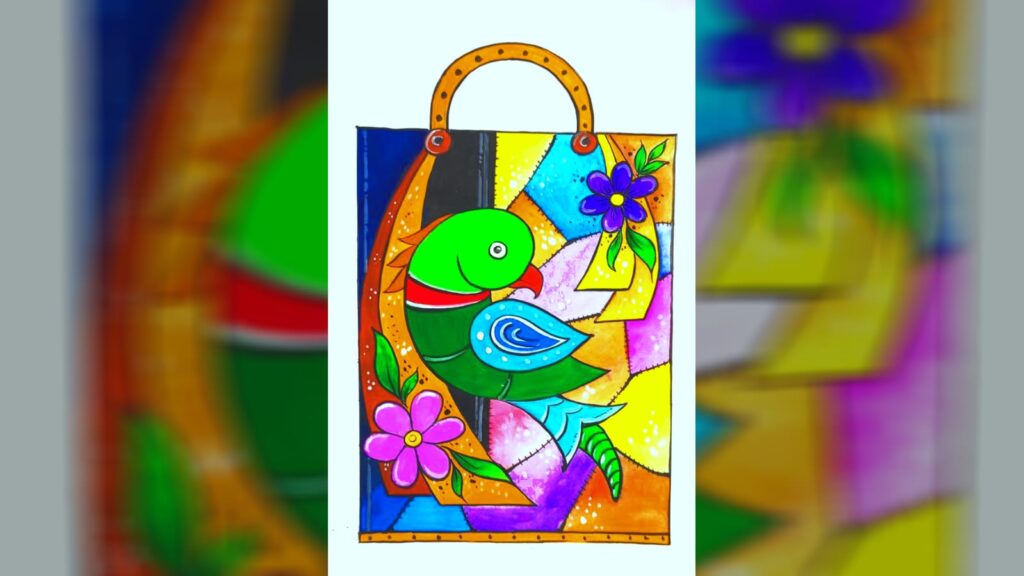
At its core, the process of creating a concept in art involves analyzing the elements of nature and arranging them into new forms. This requires both imagination and skill. By breaking down natural items into their fundamental components—shapes, colors, and lines—an artist can rearrange these elements to form entirely new shapes.
In Sankalp Chitra, this process is particularly important. Artists must work within specified external shapes and create compositions that are not only visually appealing but also harmonious and rhythmic. The division of space within these external shapes must be consistent, ensuring that the final composition feels balanced and unified.
Key elements such as balance, proportion, sequence, emission, and rhythm are crucial to the creation of Sankalp Chitra. Each of these elements must be carefully considered and developed to ensure that the final work meets the standards expected of this unique art form.
What Is Sankalp Chitra?
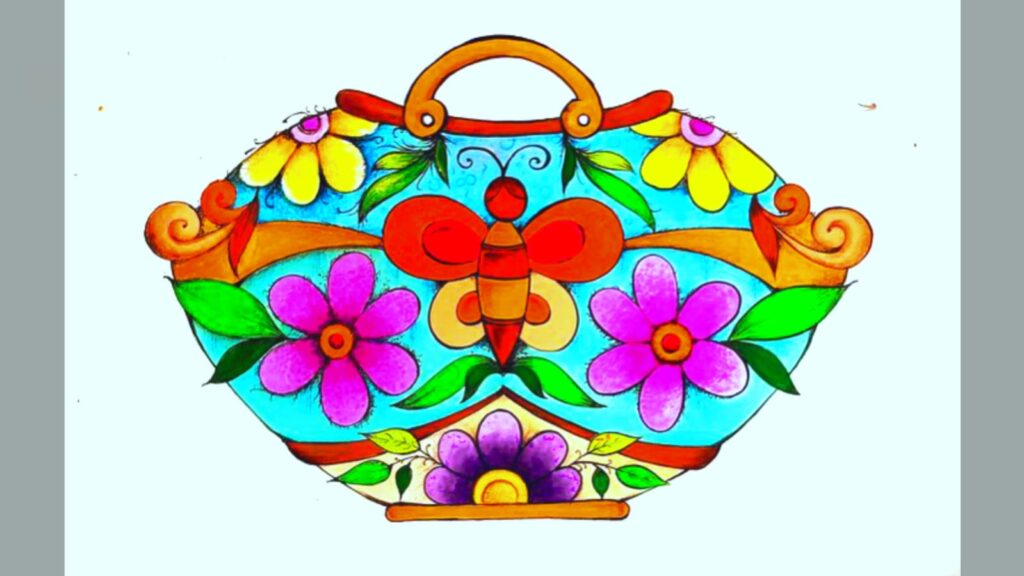
Sankalp Chitra is an artistic discipline that involves creating rhythmic and balanced compositions within a defined external shape. It is a popular topic in grade examinations for aspiring artists, as it teaches fundamental principles of design and composition.
In Sankalp Chitra, artists are tasked with dividing a given external shape into component forms and creating a composition that is both harmonious and rhythmic. This often involves the use of symbolic shapes derived from nature, such as foliage, flowers, butterflies, animals, and fish.
One of the most interesting aspects of Sankalp Chitra is its use of Keval, a type of abstract shape that bears no relation to the natural world. These abstract shapes, often referred to as “mere shapes” or “unparallel shapes,” are the product of natural processes, but they do not directly mimic anything found in nature. Instead, they exist purely as artistic forms, shaped by the artist’s imagination and creativity.
Understanding the Core Elements of Sankalp Chitra
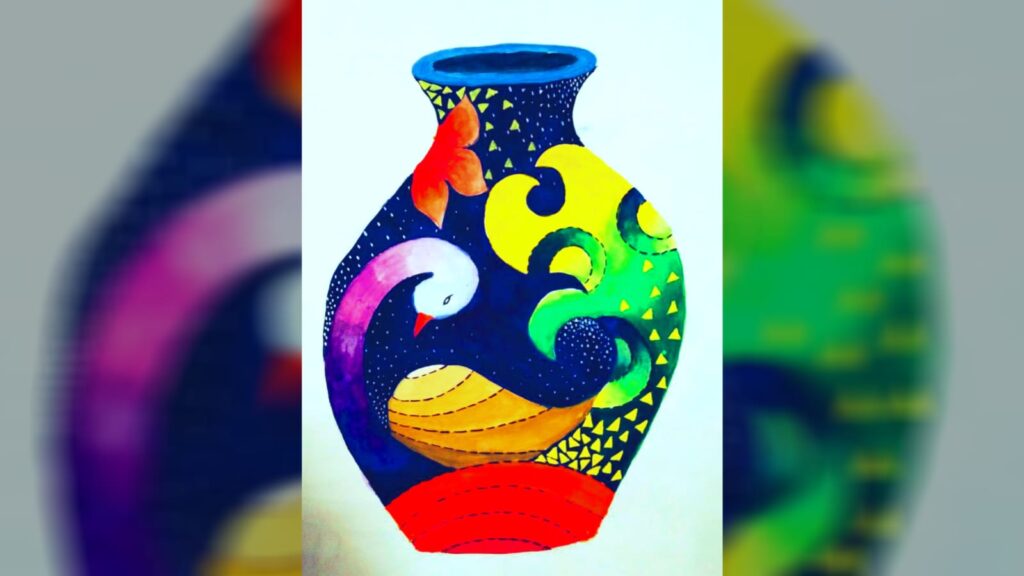
To truly excel in Sankalp Chitra, it’s important to understand the key elements that form the foundation of this artistic discipline. Each of these elements contributes to the overall composition, ensuring that the final work is balanced, harmonious, and aesthetically pleasing.
1. Balance:
Balance is crucial in any form of design, and Sankalp Chitra is no exception. Balance refers to the distribution of elements within the composition, ensuring that no single area feels too heavy or too light. In Sankalp Chitra, balance can be achieved by carefully arranging the component forms within the external shape.
2. Proportion:
Proportion refers to the relationship between the different elements in the composition. Each element must be appropriately sized and placed to ensure that the final composition feels cohesive. In Sankalp Chitra, proportion plays a key role in creating harmony within the design.
3. Sequence:
Sequence refers to the order in which the elements are arranged within the composition. A well-structured sequence ensures that the viewer’s eye moves smoothly through the composition, creating a sense of flow and rhythm.
4. Emission:
Emission refers to the way in which the elements of the composition seem to radiate from a central point or area. In Sankalp Chitra, emission can be used to create a sense of movement and dynamism within the composition.
5. Rhythm:
Rhythm is the repetition or alternation of elements within the composition. In Sankalp Chitra, rhythm helps to create a sense of unity and coherence within the design.
Innovation Through Abstract Forms: The Role of Keval
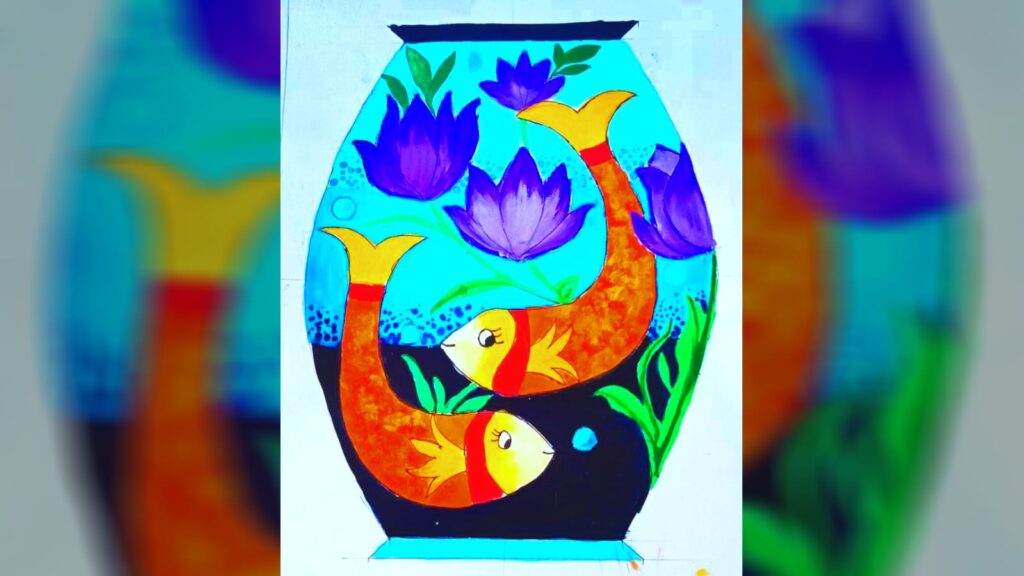
In Sankalp Chitra, innovation often comes through the use of abstract forms, such as Keval. Keval refers to a type of abstract shape that does not resemble anything found in nature or man-made objects. These shapes are often created through automatic processes, such as scribbling or free-form drawing.
Keval shapes are purely imaginative, and their beauty lies in their abstract nature. They allow artists to explore new forms and ideas without being constrained by the need to mimic reality. This freedom of expression is one of the most exciting aspects of Sankalp Chitra, as it encourages constant experimentation and innovation.
Symbolism in Sankalp Chitra
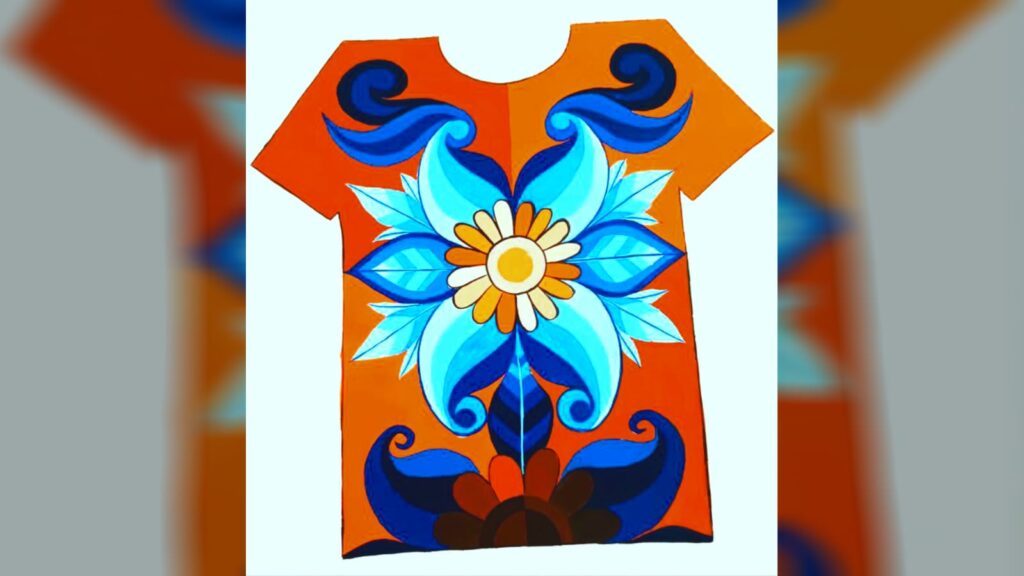
While abstract forms like Keval play an important role in Sankalp Chitra, the use of symbolic shapes is equally significant. In this art form, artists often incorporate symbolic representations of natural elements, such as foliage, flowers, butterflies, animals, birds, and fish. These symbolic shapes are not meant to be realistic; rather, they serve as visual metaphors that enhance the overall composition.
By combining abstract and symbolic elements, artists can create complex and layered compositions that are both visually interesting and conceptually rich. This blending of forms allows for endless possibilities in Sankalp Chitra, making it a versatile and dynamic art form.
Conclusion
Design is more than just the creation of aesthetically pleasing compositions—it is a process of innovation, imagination, and experimentation. In Sankalp Chitra, artists are encouraged to push the boundaries of traditional forms, experimenting with new shapes, colors, and processes to create something truly unique. Through careful consideration of balance, proportion, rhythm, and symbolism, artists can create harmonious compositions that reflect both the beauty of nature and the limitless potential of human creativity.
Fish etc., can be used in Sankalp Chitra by means of symbolic shapes of foliage, flowers, butterflies, animals and birds, fish etc.
How to draw Still Life Object Drawing in 5 Simple Steps.
Author
Shaikh Javed
See My Recent Blogs
-
The Art of Design: 5 Powerful Techniques to Master Sankalp Chitra for Stunning Creations
-
How to Draw memory drawing in 5 Steps ?
-
How to draw Still Life Object Drawing in 5 Simple Steps.

Nice Blog